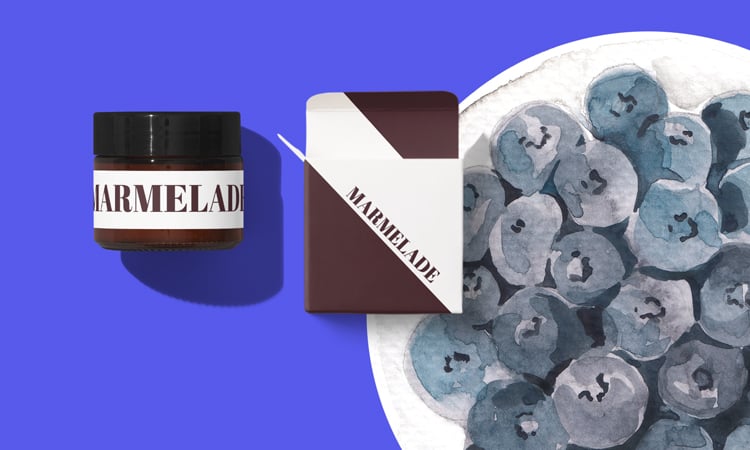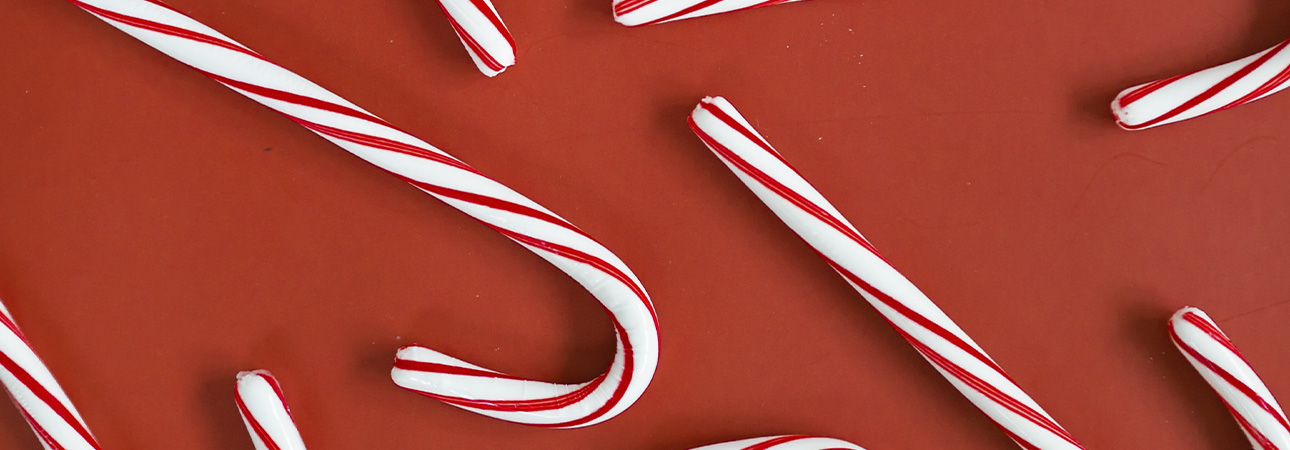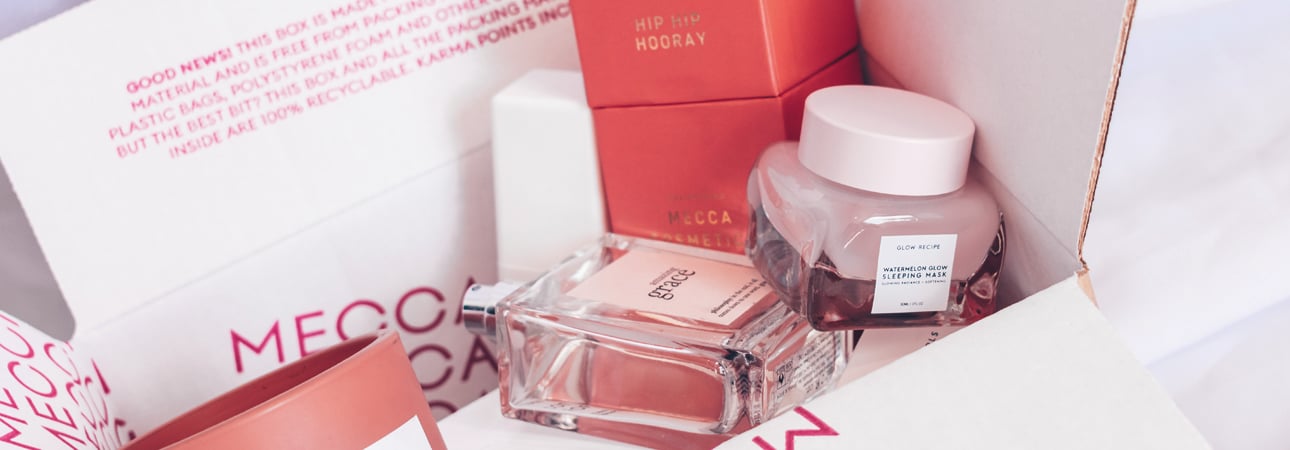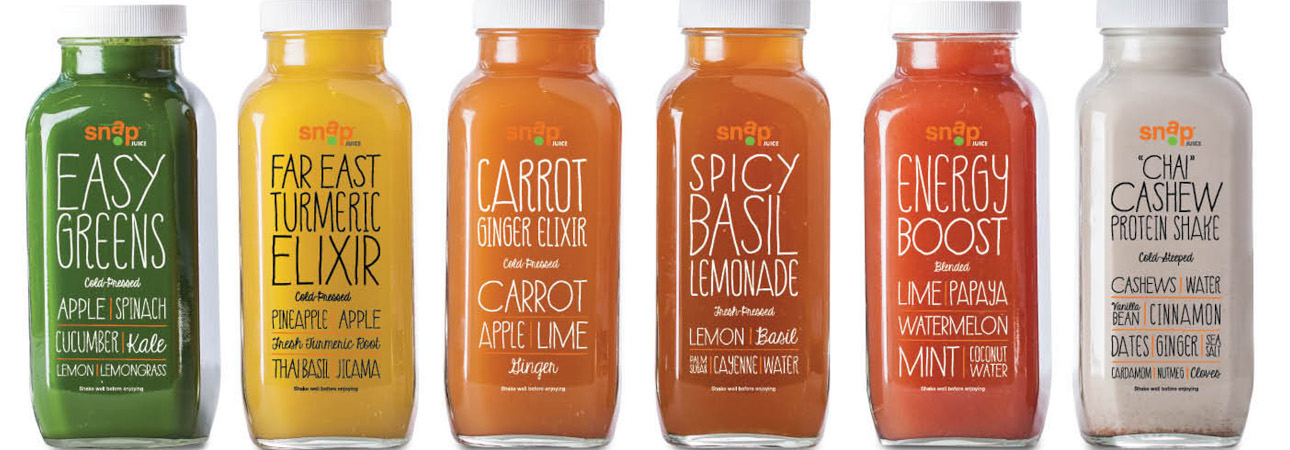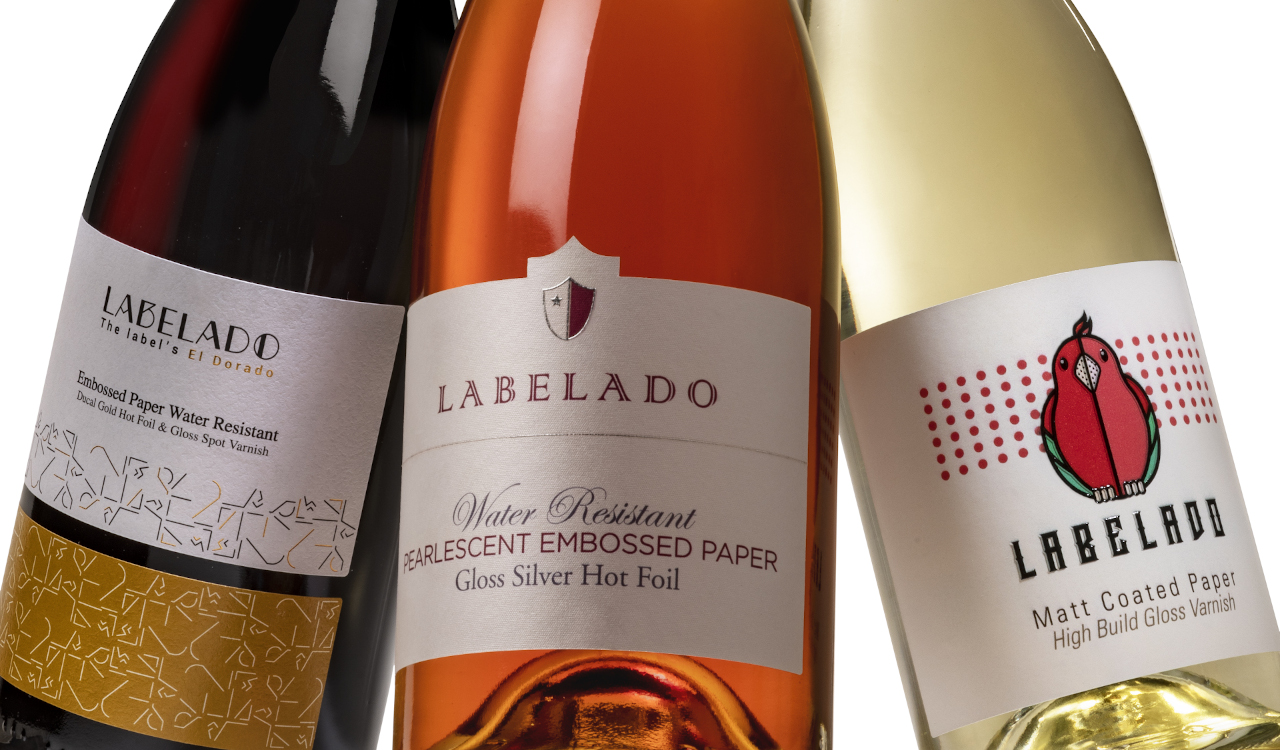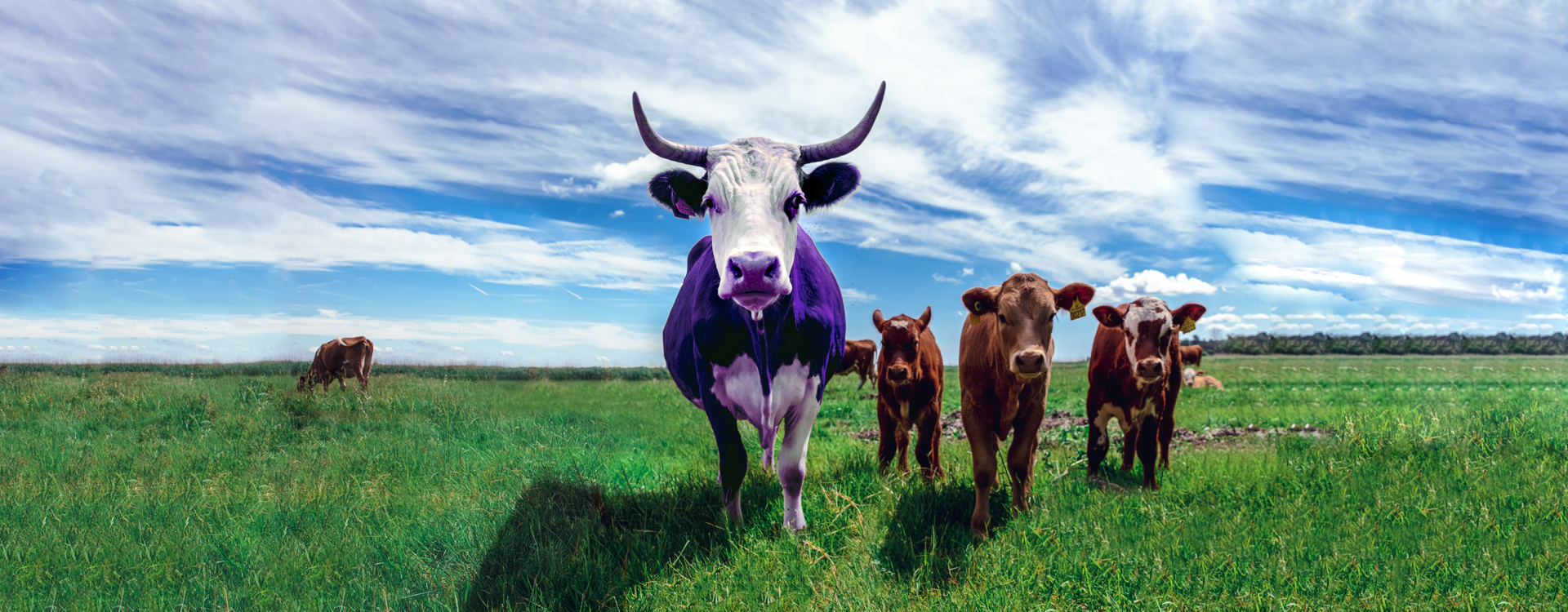Did you like the article? Share it!
Beginner’s Guide to Product packaging & labeling
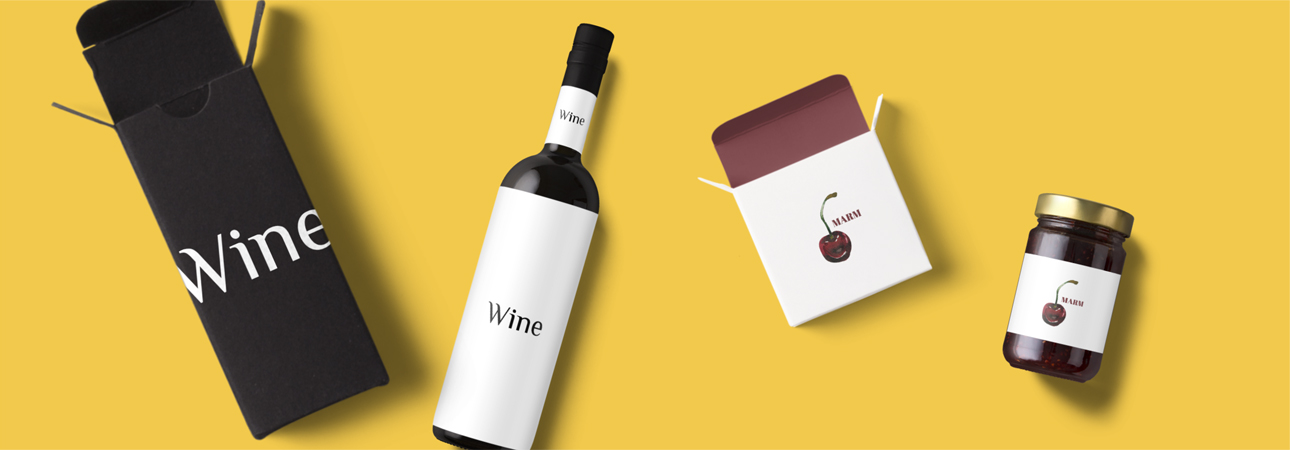
Your product packaging and labeling is that the first impression a customer experiences as they browse an aisle within the grocery or click through product listings in a web store. With no second chances, there’s tons riding on how your product is presented. In fact, consistent with a study published by the Paper and Packaging Board, 72% of consumers stated that packaging design influences their purchasing decision. Making the proper product packaging and merchandise labeling choices are often the difference between an item that sells consistently and one that’s frequently overstocked.
Today we will have a look together at how labels and product packaging affect your business perception in the eyes of your customers. We’ll also break down why product packaging and labeling is so important to your marketing efforts, offering many actionable tips along the thanks to assist you make smart design choices which will allow your products to face out. In order to know how to invest your money properly on your product, you should certainly know what's on the base of the label price. Let's get through this!
The Importance of Product Packaging
A product packaging serves three main functions. First, it’s where you convey important information just like the product’s description, ingredients/materials, and the way to use the merchandise. Second, a product packaging is your primary opportunity to line your product aside from similar items sitting just feet or inches away. And lastly, packaging protects your product, makes it more resistant to shipping and keeps it fresh. Never before have consumers had such a lot choice. And with the increase of increasingly-specialized tastes and preferences, the importance of differentiating your product has never been greater. The value proposition of your brand is dictated by the design of your packaging, so try to emphasize important features like eco-friendly sustainability, high-quality etc…
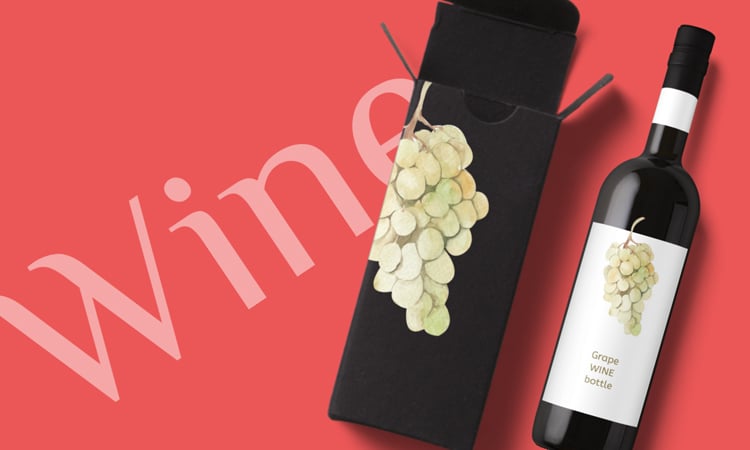
Product Packaging Design Tips
Effective product packaging typically follows proven design principles. Here are seven tips that show the way to use these principles to your advantage so you'll design product packaging that sells.
1. Use Graphics to speak
At our core, humans are visual creatures. We painted and drew images in caves and on rock walls to speak with each other. Within the modern age, text has become an important thanks to convey information. But humans still believe visual elements to know information.
2. Keep it Consistent
Your choice of colours, fonts, and graphics should dovetail with those utilized in your logo and other product marketing. If you've got established offerings, confirm there’s a transparent link between the packaging design elements of both the old and new products.
3. Design together with your Audience in Mind
Think about your product proposition but more importantly think about how customers perceive it! If You are branding a snack for kids, or an expensive spice you will have to understand what your customers are looking for in the value proposition, colours and fonts of the product packaging itself; while being very funky on that expensive spice with colours could be an innovative marketing strategy, it will be best suited for the product packaging for the kid’s snacks, while the important spice will probably express its value with a more natural material, colour and maybe a gold foil stating the brand’s name.
4. Important information first
You know your audience, then you know what they are seeking for! Is it a natural product that has less impact on the planet, is it a special diet that you are offering? Then this information should be very visible and in front of the labels and product packaging!
5. Keep it Clean and Streamlined
People are inundated with advertising messages of all types. Customers seek easy of use and readability. A minimalist product packaging and label design looks more sophisticated and fewer cluttered than one that’s loaded down with helpful, but visually-overwhelming details. Less is more when it involves package design.
6. Take it Easy On the earth
Eco-minded Consumers will be sensitive to how you promote your product packaging and its disposal; stating on the packaging itself how it was made and how it can be recycled is a wise step; those elements take a good part of your design but if your marketing research reveals that your customers are very conscious of the environment then try to expose those infos!
7. Give Your Packaging a Second Life
For some packaging applications, it’s possible to reuse part or all of the first material for something else. A metal tin which will be used for storage, a cloth bag which will double as a beach bag, or paper packaging that’s designed to be cut out and used as a child’s mask or princess’ tiara are just a couple of ways your packaging can survive after the first contents are consumed. Sharing ideas with customers for a way to reuse your product packaging makes it more attractive. And your repurposed packaging will function a reminder of your product long after its original contents are spent.
Don’t Forget Your Product Labels
Product labels complement the packaging, offering a major opportunity to attach with customers. A product’s label grabs the attention while conveying product-specific information intended to prompt a purchasing decision.
Creating attractive product packaging and labels that clearly communicate to your intended audience is vital business. The product packaging and labeling are the primary things they see once they encounter your product. With careful planning and effective design, your product will stand out, leading to more sales.
Next

